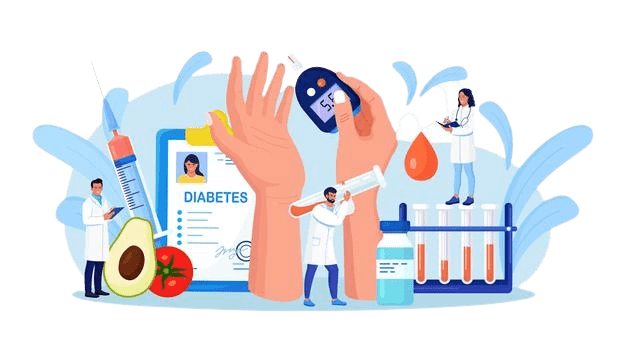Vitamin D shortage is defined as a lack of vitamin D in the body. Vitamin D is unusual in that it is produced by your skin utilizing sunshine. Fair-skinned people and those under the age of 50 convert sunlight into vitamin D far more efficiently than darker-skinned people and those above the age of 50.
To keep your body working properly, you need to have enough vitamin D, but not too much. Vitamin D aids in the formation of strong bones and may also aid in the prevention of certain malignancies. Muscle weakness, discomfort, weariness, and sadness are all signs of vitamin D insufficiency. To get adequate D, eat particular foods, take supplements, and get enough sun.
Cholesterol is a waxy molecule that may be present in your bloodstream. Cholesterol is required by your body to produce healthy cells, but excessive cholesterol levels might raise your risk of heart disease. These deposits eventually accumulate to the point that blood flow through your arteries is restricted. High cholesterol can be passed down down the generations, but it’s more typically the result of poor lifestyle choices, making it avoidable and curable.
When a person’s thyroid doesn’t generate enough thyroid hormone, they are said to have hypothyroidism. According to the Thyroid specialist in noida Dr. Nandini Chhabra,Thyroid hormone deficiency can cause a person’s metabolism to slow down, resulting in a variety of negative side effects. The prevalence of hypothyroidism is increasing. It is more frequent than hyperthyroidism among birth-assigned females. A doctor may undertake a physical exam after reviewing a patient’s symptoms and family history. Evaluating for enlargement around the thyroid gland, assessing the patient’s heart rate, and checking their reflexes are all possible parts of this exam.
As part of the diagnostic process, doctors may do blood tests. Thyroid-stimulating hormone (TSH) and thyroxine levels in the blood will be measured using these tests.
In patients with type 2 diabetes, the term “reversing diabetes” typically refers to a considerable long-term improvement in insulin sensitivity. People with type 2 diabetes who can reduce their HbA1c to less than 42 mmol/mol (6%), without using the diabetic medication, are considered to have reversed or resolved their disease. Weight loss can be very helpful in reversing diabetes’ development. Type 2 diabetes may be reversed with time and determination, with reduced fatigue and improved overall health as a consequence
Diabetic
Diabetic foot syndrome or disease (DFD) encompasses several diseases, the most common of which are diabetic peripheral neuropathy and peripheral arterial disease, both of which cause foot ulceration. Diabetic foot ulceration can progress to amputation, especially if there is a wound infection or osteomyelitis.
Diabetic foot infections are a common clinical concern among diabetics. About half of diabetic foot infection patients who have their feet amputated die within five years. Most patients can be healed if they are treated properly, however, due to ineffective diagnostic and treatment procedures, many patients are forced to have their limbs amputated.
PCOS
PCOS (polycystic ovarian syndrome) is a hormonal disorder that affects a large number of women who are of reproductive age. PCOS is characterized by irregular or prolonged menstrual periods, as well as elevated levels of the male hormone.
The ovaries may produce a large number of tiny collections of fluid (follicles) and fail to release eggs regularly. PCOS’s actual etiology is uncertain. Early detection and treatment, as well as weight loss, can help to lower the risk of long-term problems including type 2 diabetes and heart disease.
Osteoporosis
Osteoporosis is a bone-weakening illness that puts you at a higher risk for unexpected bone fractures if you have it. The condition frequently progresses without causing any signs of discomfort, and it isn’t detected until the weakening bones result in severe fractures. The majority of them are hip, wrist, and spine fractures. One in every two women and one in every four males over the age of 50 will experience an osteoporosis-related fracture during their lifetime. Another 30% of people have inadequate bone density, putting them at risk of osteoporosis. Osteopenia is the medical term for this ailment.


